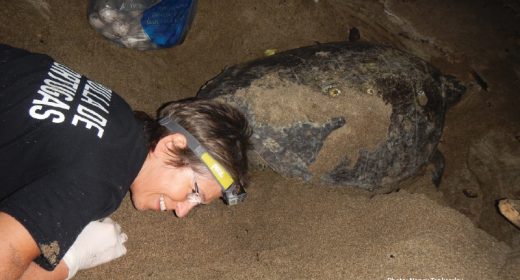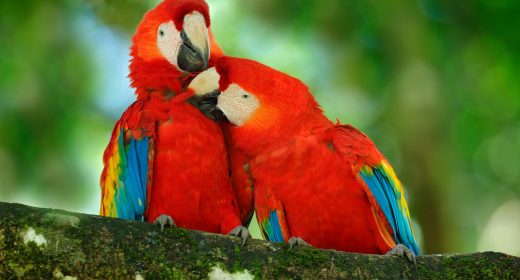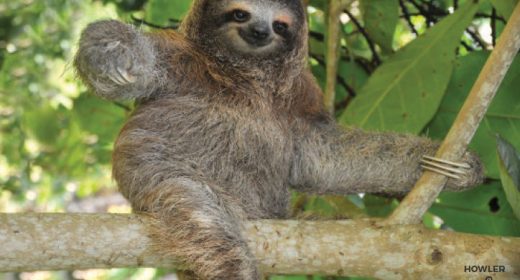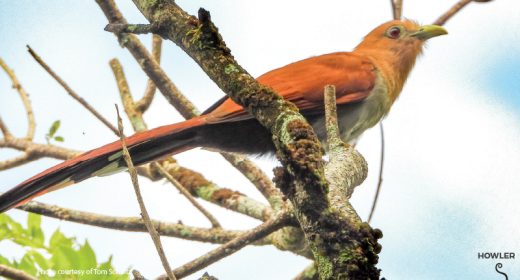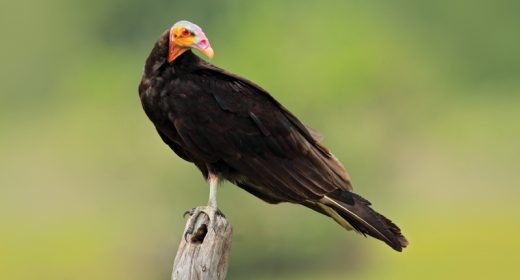
Costa Rica Motmot Birds – Commonly Odd-Looking
- DEC 01, 2018Warning: count(): Parameter must be an array or an object that implements Countable in /home/howlermag/public_html/old/wp-content/themes/new-paper/includes/general.php on line 193
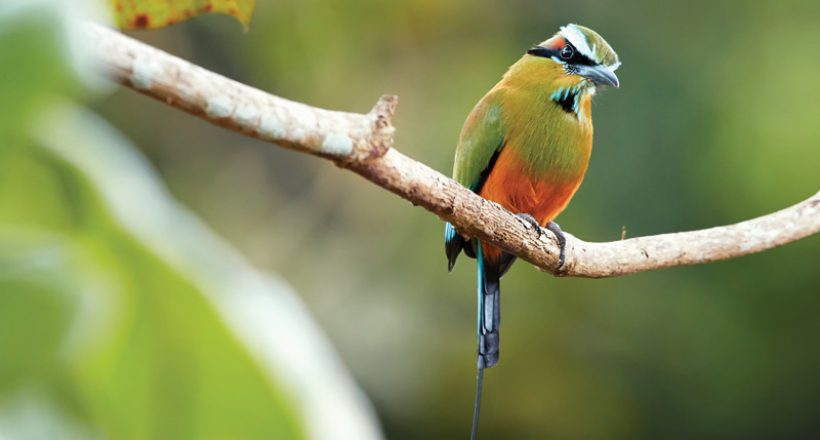
Your Lead Paragrpah goes here
Costa Rica Motmot Birds, Commonly odd-looking: Motmots are proof that common birds are not necessarily common looking. A stunning family of birds — one or more of the six motmot types — are readily found in and along the edges of forests throughout Costa Rica. Both motmot and bobo (the name Costa Ricans use) are onomatopoeia, meaning their name sounds like the call they make: “mot-mot” or “bo-bo.”
The most recognizable feature
of motmots are their ‘racket’ tails.
The most recognizable feature of motmots are their “racket” tails, resembling a badminton or tennis racket. It was once believed that these birds plucked their tail feathers off themselves, but recent studies show otherwise: tail feathers are present at birth but the shafts weaken from wear and preening, eventually falling out naturally. The purpose of the racket formation is not totally understood, but it is believed that motmots wag their tails in a pendulum fashion, back and forth, as a lure. Would-be predators like larger invertebrates and small lizards are attracted to the rackets and attack, only to end up as a meal themselves. The other strange aspect of motmot behavior is that they nest in the ground, digging little caves in the side of hills to hatch and raise their young.
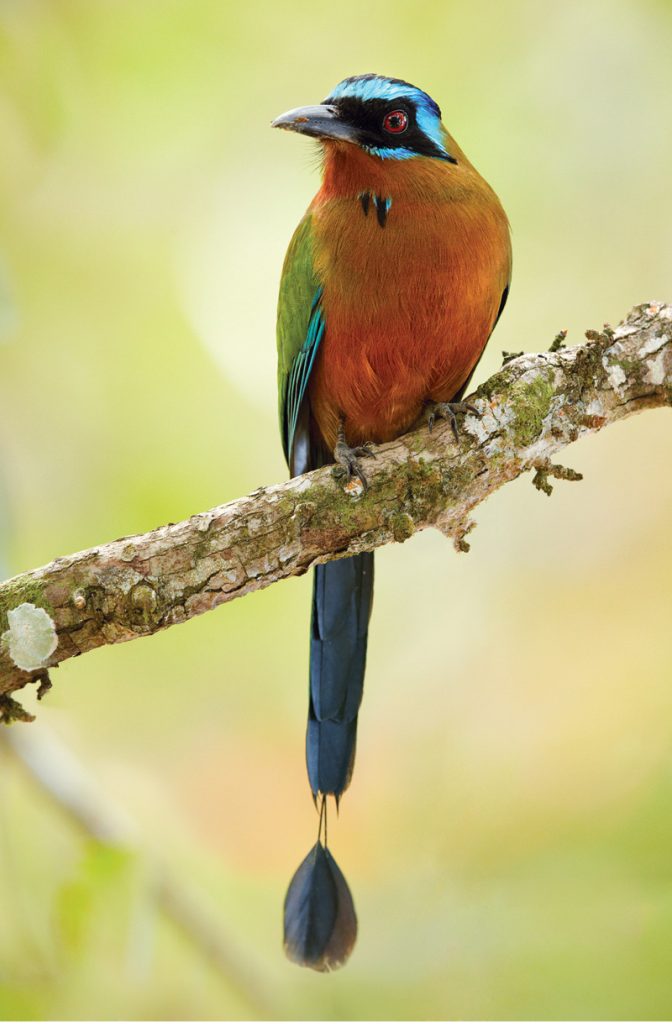
The most common motmot variety is now called the lesson’s motmot, renamed recently from the far more descriptive blue-crowned. It is found along the entire west side of Costa Rica and into the Central Valley, even seen sitting on power lines. Also found on the country’s Pacific side is the turquoise-browed motmot, seen mainly in the Guanacaste drier forests, mostly in the Nicoya Peninsula south to about Orotina.
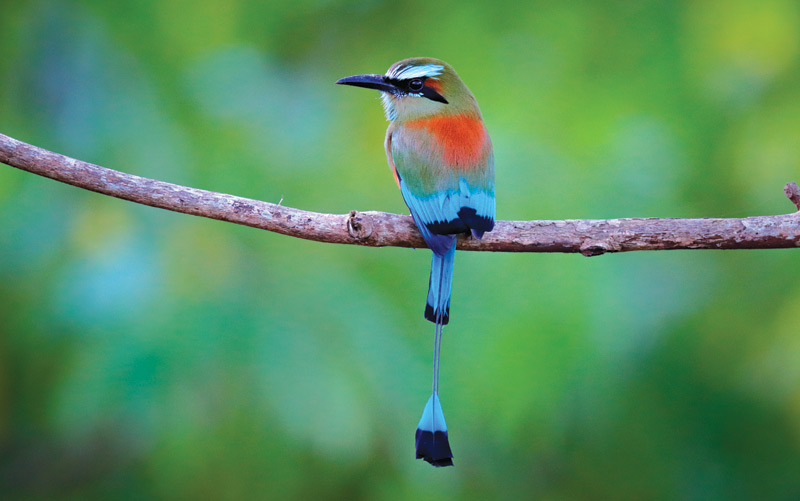
The Caribbean and north areas of Costa Rica are habitats to the rufous motmot — the largest member of the species — and the broad-billed.
The last two types of motmots in Costa Rica are the hardest to see, found only in small areas in the Guanacaste mountains around Rincon de la Vieja. Tody motmots are only about six inches tall and lack the racket tail. (“Tody” is old English for “small” … an example of obscure English names for birds that are difficult to understand.) Keel-billed motmots are very difficult to see due to the small population and habitat.
Motmots are an important part of indigenous cultures in Latin America. For example, the ancient city of Copal in Honduras is named after the motmot. Perhaps my favorite story is this Costa Rican Bribri legend of the motmot. When the God Sibú (often represented as a king vulture) asked all the creatures to help him create the world, they all willingly helped with one exception. The lazy motmot dug a hole in the ground and hid from work, but unfortunately without realizing he left his tail sticking out of the hole. When the other hardworking creatures saw this, they became angry and plucked off all but the tip of the motmot’s tail. When the world was complete, the motmot started boasting about how much work he did. But the God Sibú saw the motmot’s tail and guessed the truth. He cursed the motmot and banished him to live in a hole in the ground.
